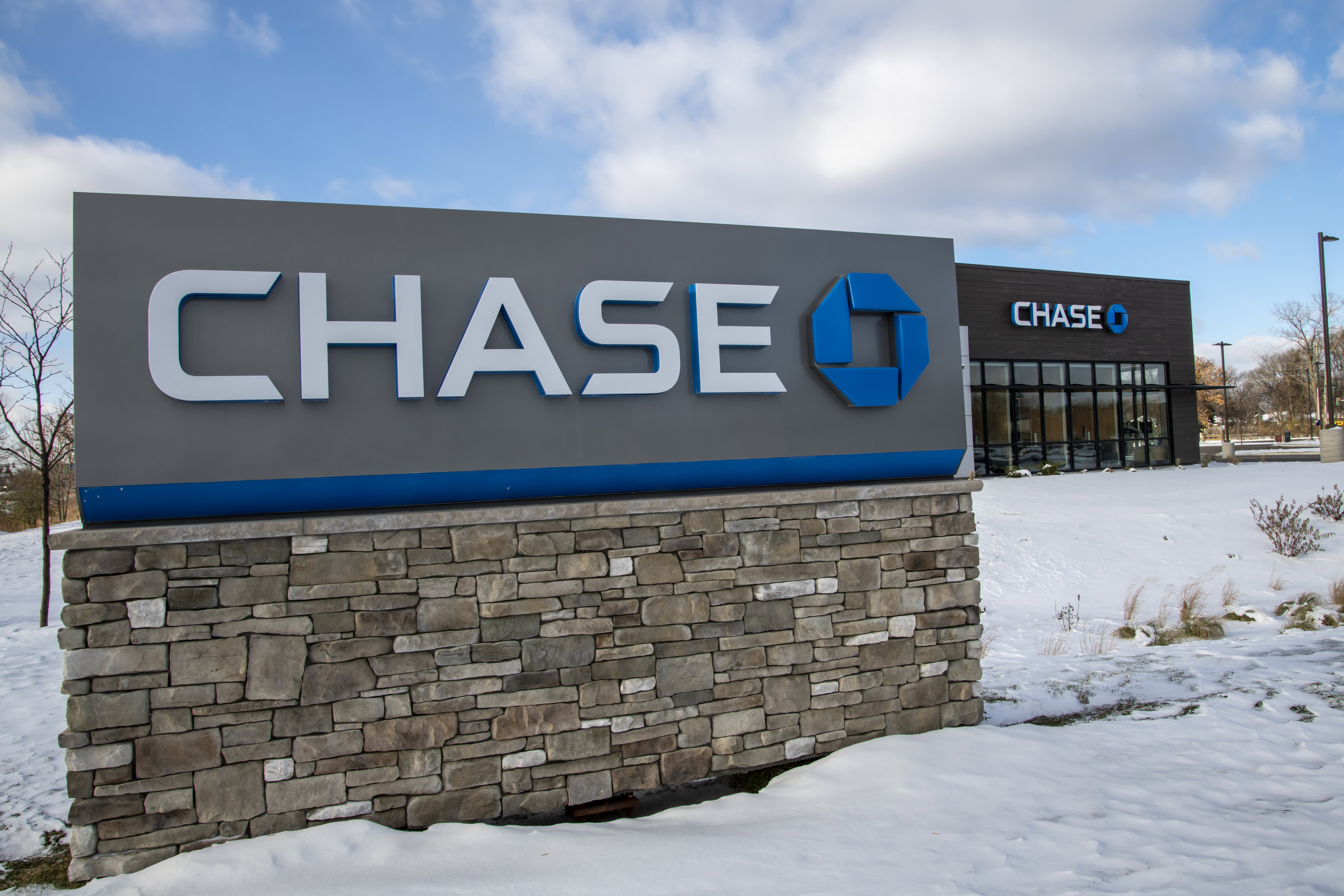JPMorgan Chase is expanding its presence in small towns across middle America.

- JPMorgan Chase aims to increase its reach among Americans in smaller cities and towns through expansion.
- On Monday, Jamie Dimon, the Chairman and CEO, will commence his 14th annual bus tour, with his first stop in Iowa, where the bank intends to open 25 additional branches by 2030.
- While others are being cautious with their spending, the firm is able to invest in physical stores.
Now, the bank is expanding its reach by opening branches in smaller cities and towns, three years after it became the first to have a branch in all 48 contiguous states.
JPMorgan has set a new goal for its multibillion-dollar branch expansion plan, which aims to ensure that half the population in the lower 48 states has access to its services within an "accessible drive time." To achieve this, the bank plans to open new locations in less densely populated areas, a priority for Chairman and CEO Jamie Dimon as he begins his 14th annual bus tour on Monday.
By 2030, the bank intends to open 25 additional branches in Iowa, as per Dimon's first stop.
Dimon stated that the firm aims to utilize its full potential to benefit all the communities it serves, including promoting community development, assisting small businesses, and providing financial management skills and tools.
This week, the bank will open more than 125 new branches across six states, including Minnesota, Nebraska, Missouri, Kansas, and Arkansas, as announced by Jennifer Roberts, CEO of Chase Consumer Banking.
According to Roberts, we need to increase our branch share to optimize our investment in communities. Roberts stated this in an interview with CNBC while traveling with Dimon across the Midwest for the bus tour.
Roberts stated that the objective is to achieve "more than double" the current levels of branch share in some newer markets, with the goal being "optimal branch share."
During the bank's investor day in May, Roberts stated that the company aimed to achieve a 15% deposit share. She emphasized that expanding the reach of bank branches is a crucial element of this strategy. Specifically, she revealed that 80 of the firm's 220 basis points of deposit-share growth between 2019 and 2023 came from branches that were less than a decade old. This implies that approximately 40% of those deposit share gains can be traced back to investments in new physical branches.
JPMorgan is going against the broader banking industry trend of closing branches by expanding its brick-and-mortar footprint. Higher-for-longer interest rates have caused industrywide headwinds due to funding costs, leading banks to reduce their branch footprint to offset some of the macro pressures.
In Q1, the US banking industry experienced a significant increase in net branch closings, with 229 closures compared to 59 in the previous quarter, according to S&P Global Market Intelligence data. JPMorgan was the most active net opener, while the highest number of net branches were closed.
The number of bank branches experienced growth until 2007, which was the year before the financial crisis, according to FDIC research compiled by KBW. KBW attributed this growth to banks evaluating their own efficiency and shutting down underperforming branches, as well as technological advancements that enabled online banking and remote deposit capture. However, this trend was intensified during the pandemic when banks reported minimal changes in operating capacity despite temporarily closing physical branches, the report stated.
In 2023, JPMorgan, the largest U.S. lender, recorded a profit of $50 billion, surpassing its previous record. This has enabled the bank to invest in physical locations while others are being more cautious.
Roberts emphasized the importance of striking a balance between art and science when deciding where to establish new bank branches. The bank takes into account various factors such as population growth, the number of small businesses in the community, the presence of a new corporate headquarters, new suburb development, or new roadways.
And even in smaller cities, foot traffic is a critical ingredient.
""Chick-fil-A's are always successful and busy, so if there's one nearby, we want to be there too," Roberts stated."
Markets
You might also like
- Delinquencies are on the rise while a record number of consumers are making minimum credit card payments.
- U.S. economy state weighs on little changed treasury yields.
- European markets predicted to sustain positive growth.
- Trump hints at imposing a 10% tariff on China starting in February.
- David Einhorn believes we are currently in the "Fartcoin" phase of the market cycle.



















